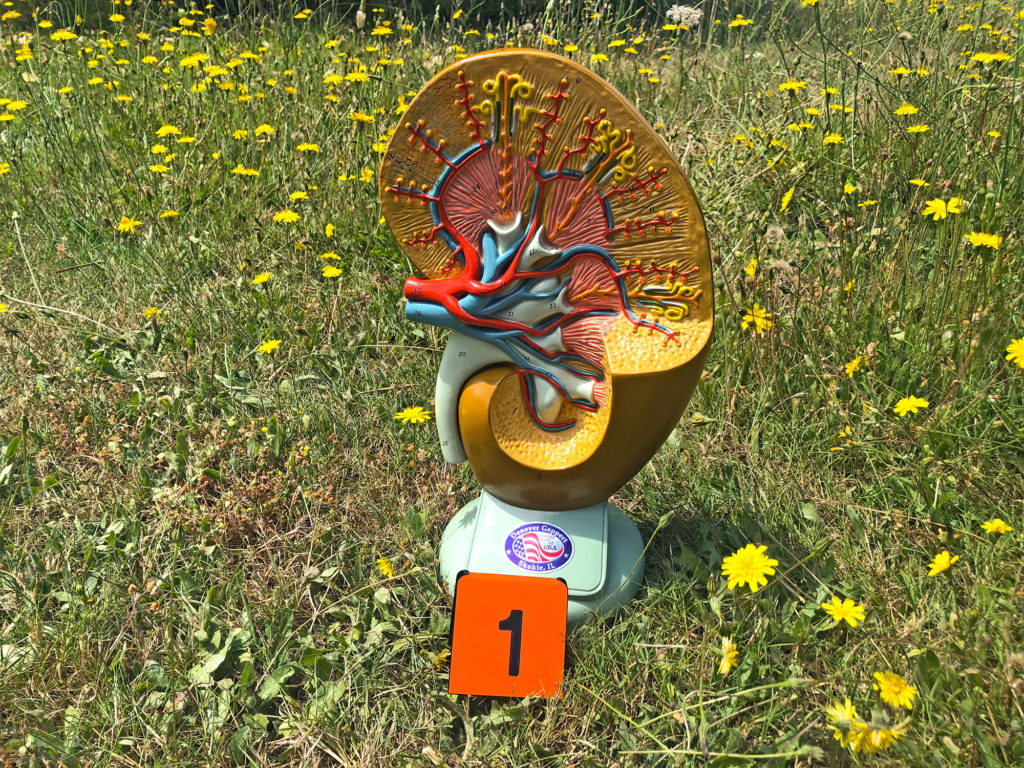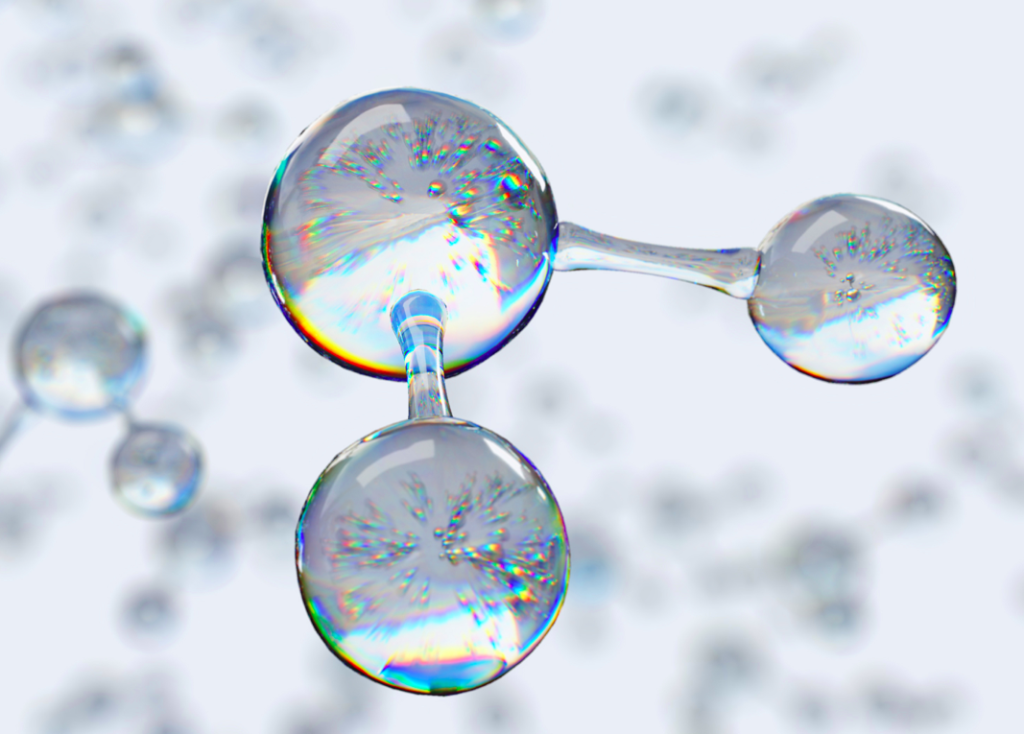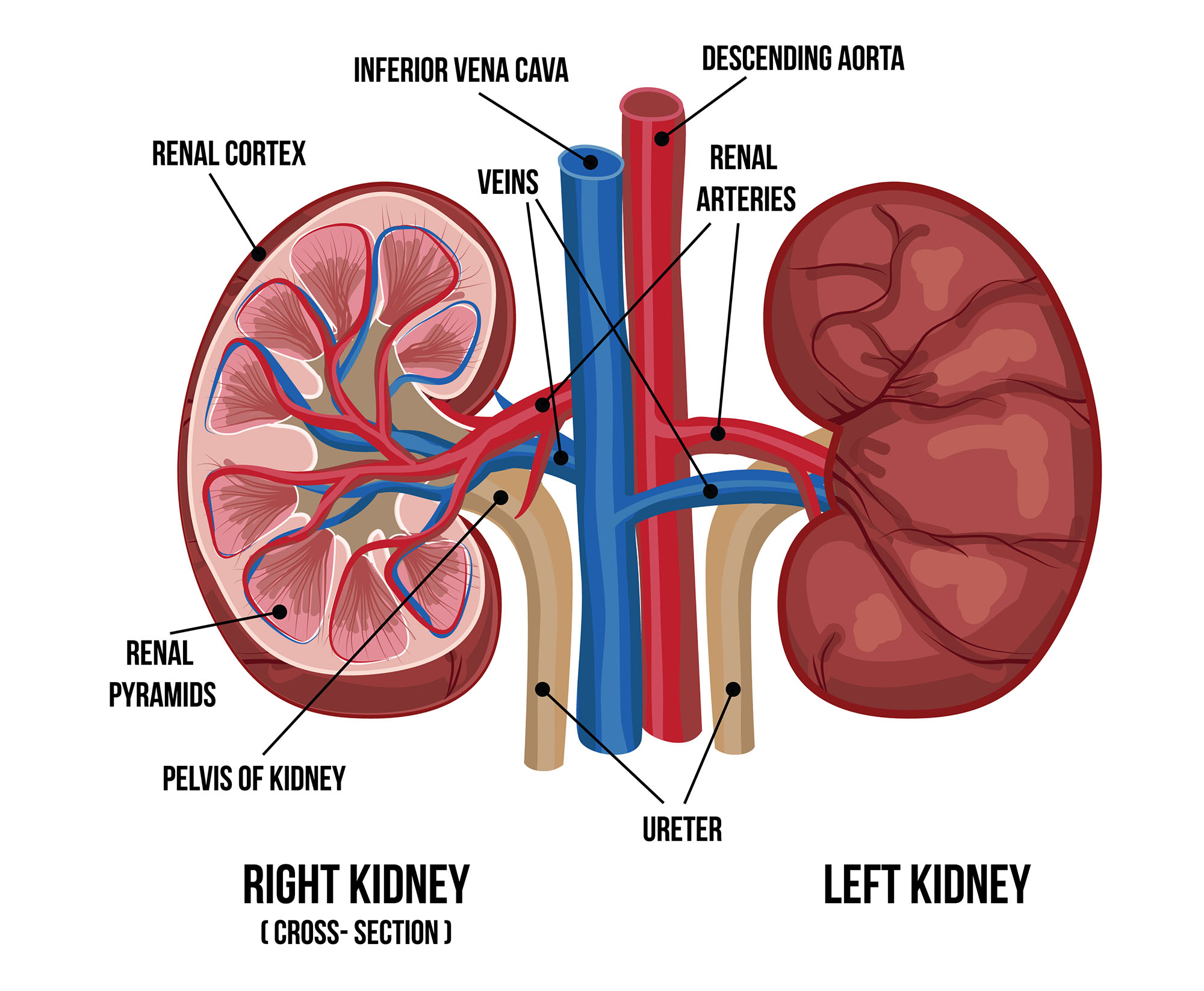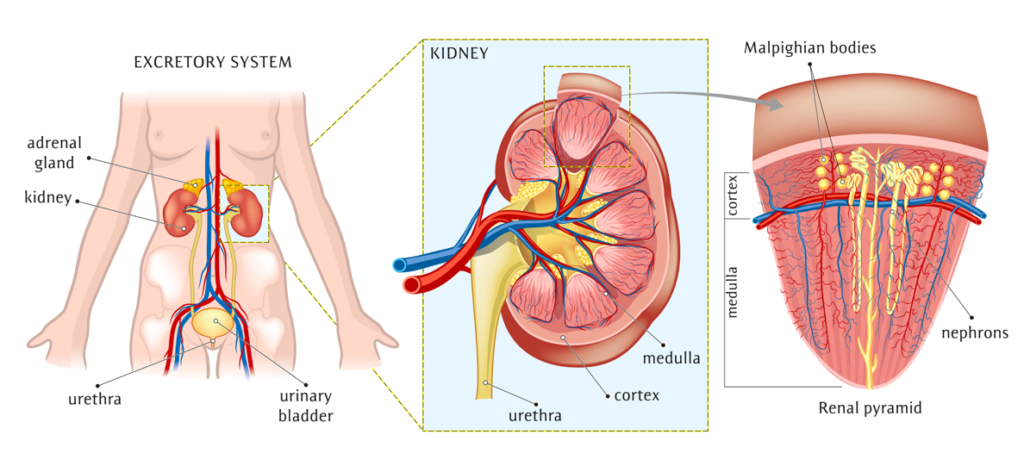
Urinary System Filtering Blood Plasma


Urinary System Objectives
-
Describe the properties of water that make it a critical molecule for life as we know it.
-
Provide examples of ways humans take in and lose water, including the various components of blood plasma.
- List the urinary organs and state the function(s) of each organ.
We all know water is critical for life. Obtaining and retaining water, like these wasps are doing, is an important task for terrestrial (land) organisms, including humans.
This video introduces the significant properties of water and water balance in animals, including humans.

From the video (or your own knowledge), list three characteristics of the water molecule that make it ideal for supporting organisms.
Also, list how we humans obtain water (two obvious ways, one less obvious) and four ways we lose water.
Water is the primary component of blood plasma and This video introduces blood plasma.
The urinary system is responsible for maintaining homeostasis (balance) of plasma components. The first step is filtering of small components out of the plasma, as demonstrated in this video.
Urinary Organs
This video introduces the organs of the urinary system, with emphasis on our two kidneys.
The poster and model in this video illustrate how significant the blood supply is to the kidneys and the amount of urea (along with other wastes) that is filtered out of the blood plasma.

In the urinary system, most of the action is happening in the kidneys. Approximately a million nephrons in each kidney filter blood plasma and create urine.
Each nephron filters blood plasma, pulling out waste and excessive materials. This model shows the glomerulus of capillaries, as well as the tubule that enables reabsorption of needed materials back into the blood and secretion of urine.
Under the microscope we can see the glomeruli and a lot of tubules running in slightly different directions.
We can’t forget about the bladder, it has an incredible ability to stretch as it fills with urine.
What gives human urine its characteristic yellow-ish color? ________What is the source of urea in urine? ________
Answer: broken down hemoglobin; toxic ammonia from cells is converted to less toxic urea by the liver
Which organ(s) actually filter the blood plasma? _____What are the names of the smaller units that do the filtering? _____ So much is filtered out, much of the water and ions need to be _____ into the blood plasma. Which tubes carry the urine to the bladder? _____ What is the name of the tube that carries urine out of the body? _____

Answers: Kidneys; nephrons; reabsorbed; ureters; urethra
The next section describes urinalysis testing as well as common urinary disorders.

Check your knowledge. Can you:
-
describe the properties of water that make it a critical molecule for life as we know it?
-
provide examples of ways humans take in and lose water, including the various components of blood plasma?
- list the urinary organs and state the function(s) of each organ?



